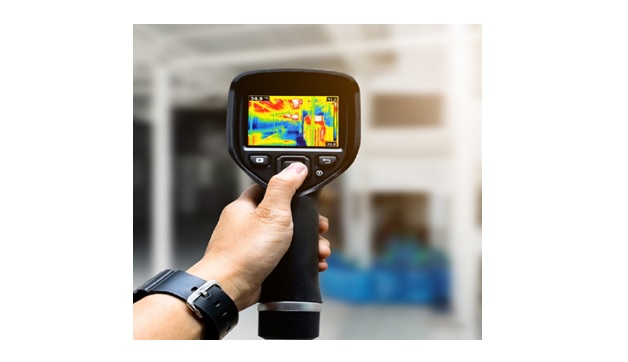Technologies of Goal-line
Goal-line technology in football is a technology system used to determine whether a ball has crossed the goal line or not.
With Goal-line technology or GLT, the referee can accurately determine goal-line decisions. High-speed cameras are located around the pitch to detect the ball’s exact movement within close range of the goal. Electric sensors in the ball pick up when it has fully crossed the line, which is then transmitted in real-time to a special watch worn by the referee. [1]

Figure 1. Technologies of Goal – Line
Figure 1 shows the information is transmitted within one second which ensures an immediate response from the referee. Due to this design there are no stoppages or other forms of interference in the game. The match officials are the only ones to receive the signal on their watches. Unless there is a conscious choice by the competition organiser to show a replay, the information is only available to the referee and helps in challenging situations. [2]
The technologies being used:
Camera-based: Heard of the Hawk Eye technology for cricket to decide on third umpire rulings: Camera technology has been widely used in other sports, especially cricket and tennis for more than a decade now, but it has taken off in soccer only recently.
FIFA currently uses the GoalControl-4D system for the World Cups. There are 14 high-speed cameras located around the pitch, with seven cameras focusing on each goal to detect the ball’s exact location around that area. A software automatically analyzes all the footages to calculate the ball’s position as X, Y and Z coordinates plus speed, making it 4D. If the ball fully crosses the goal-line, the computer automatically sends an signal to the referee’s watch in less than one second.
Magnetic fields: For magnetic field system, cables are placed underground and around the goal. The ball also has electronic sensors in it. The interaction between the receptors in the ball and the magnetic fields created through the underground cables allow the software to calculate the exact position of the ball and determine when a goal has been scored.
This technology has been developed by German technology giant Cairos Technologies AG in partnership with Adidas. The ball, which was specially designed by Adidas, has a suspended delicate sensor inside it that can withstand vigorous kicks.
The sensor inside the moving ball disturbs the magnetic field around the goal mouth. This signal is then transmitted grid to a computer which decides whether the ball fully crossed the line or not. An affirmative answer is immediately followed by a goal alert on the referee’s watch. However, FIFA or top soccer leagues are yet to use this technology widely since there have been doubts over its accuracy. [3]
References:
- https://www.unisportstore.com/faq/wiki/goal-line-technology/
- https://www.fifa.com/technical/football-technology/standards/goal-line-technology
- https://www.geospatialworld.net/blogs/goal-line-technology-precise-positioning/
Cite this article:
Thanusri swetha J (2021) Technologies of Goal-line, AnaTechMaz, pp. 47















